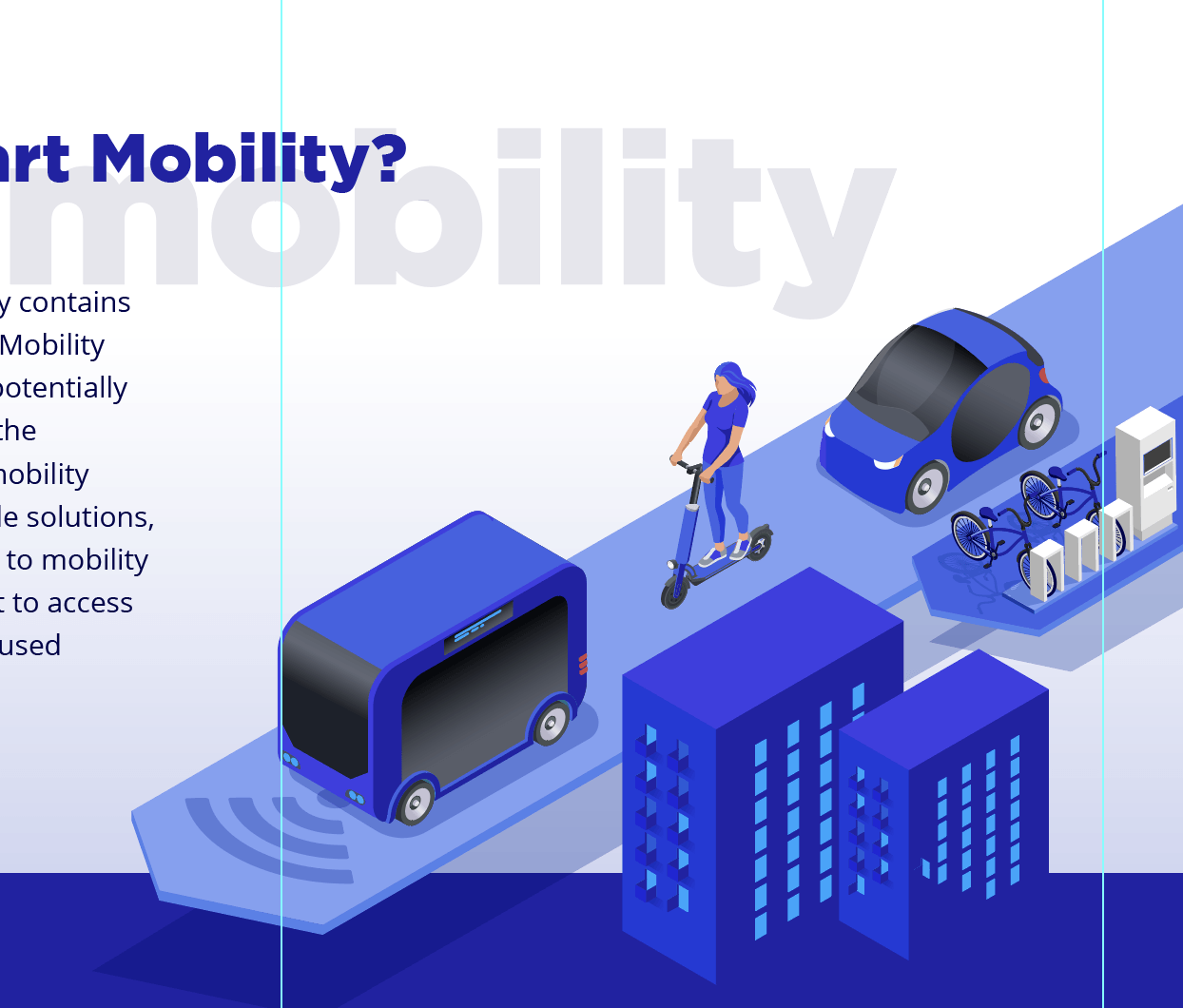
In this guide, Smart Mobility contains all Shared Mobility options and Mobility as a Service application. They potentially provide numerous benefits for the end-users by offering more- and cheaper access to mobility solutions that before were difficult to access (e.g. car ownership) or were only used occasionally (e.g. cargo bikes).
scroll down
Furthermore, it increases the usage of ‘active’ and healthy mobility modes rather than ‘passive´ and polluting mobility modes (e.g. privately owned cars). New mobility solutions potentially create more inclusivity and accessibility, especially for those with limited physical- and financial ability.
The influx of shared e-bikes, e-scooters and e-mopeds also disturbed urban traffic flows (e.g. high-speed driving) and usage of space (e.g. parking on sidewalks), creating tensions among road users. These tensions are the consequence of a rapid implementation by the private sector that hasn´t always been fully aligned with the local authority's goals and policies.
The MOBI-MIX consortium, consisting of cities and experts from Europe and the US, developed this implementation guide to provide cities with tools and examples on how they can unlock the positive potential of Shared Mobility solutions.
consortium through this handbook








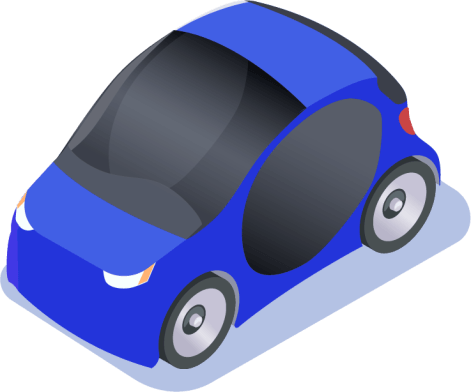

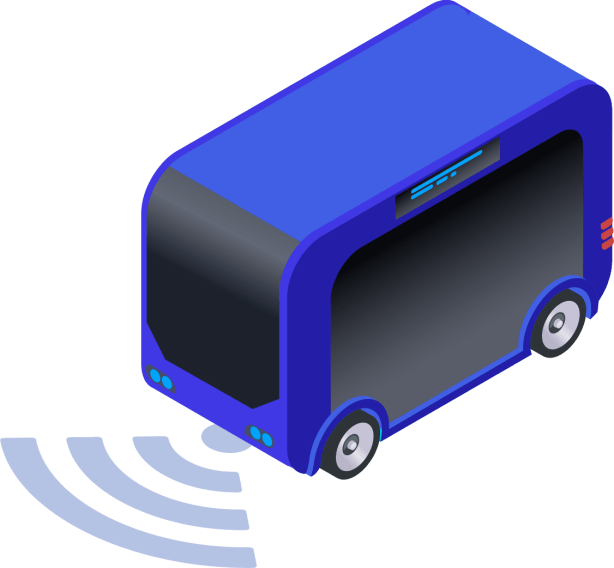
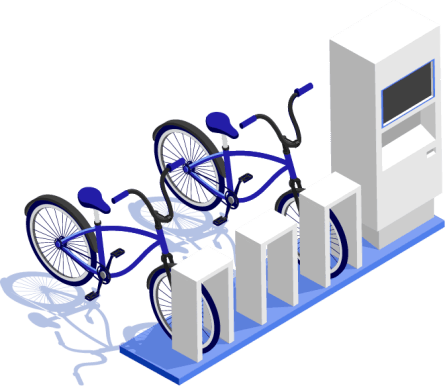






















In this handbook Smart Mobility contains all Shared Mobility options and Mobility as a Service applications. They potentially provide numerous benefits for the end-users as it provides more mobility options offers first- and last-mile solutions whilst providing cheaper access to mobility solutions that either are difficult to
access (e.g. car ownership) or are only used occasionally (e.g. cargo bikes).







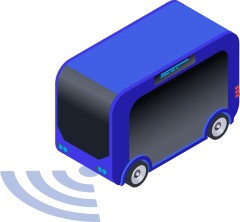
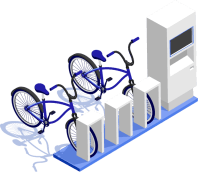







Furthermore, it increases the usage of ‘active’ and healthy mobility modes rather than ‘passive´ and polluting mobility modes (e.g. privately owned cars). New mobility solutions potentially create more inclusivity and accessibility, especially for those with limited physical- and financial ability.
scroll down





The influx of shared e-bikes, e-scooters and e-mopeds also disturbed urban traffic flows (e.g. high-speed driving) and usage of space (e.g. parking on sidewalks), creating tensions among road users. These tensions are the consequence of a rapid implementation by the private sector that hasn´t always been fully aligned with the local authority's goals and policies.
The MOBI-MIX consortium, consisting of cities and experts from Europe and the US, developed this implementation guide to provide cities with tools and examples on how they can unlock the positive potential of Shared Mobility solutions.
consortium through this handbook







